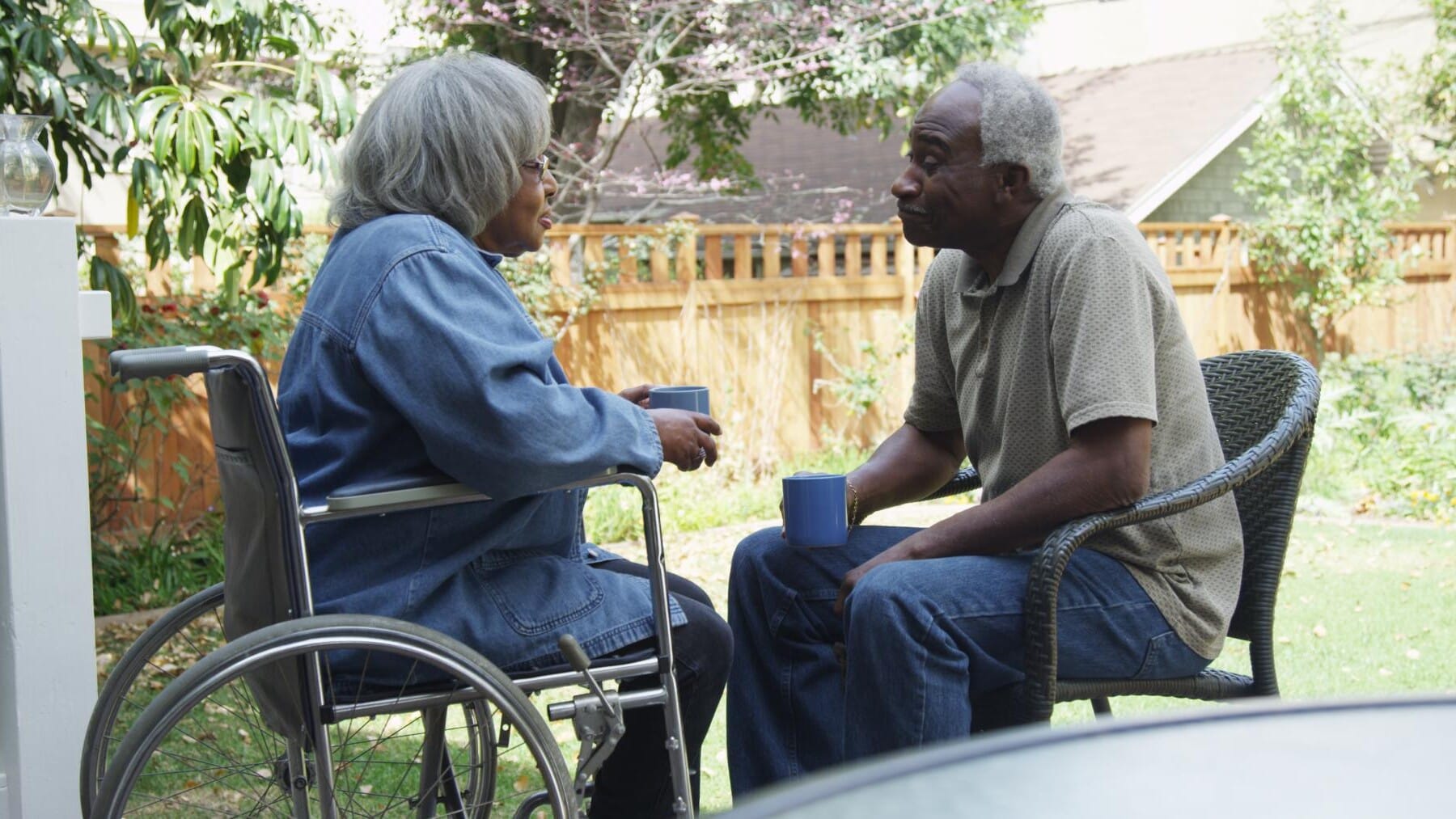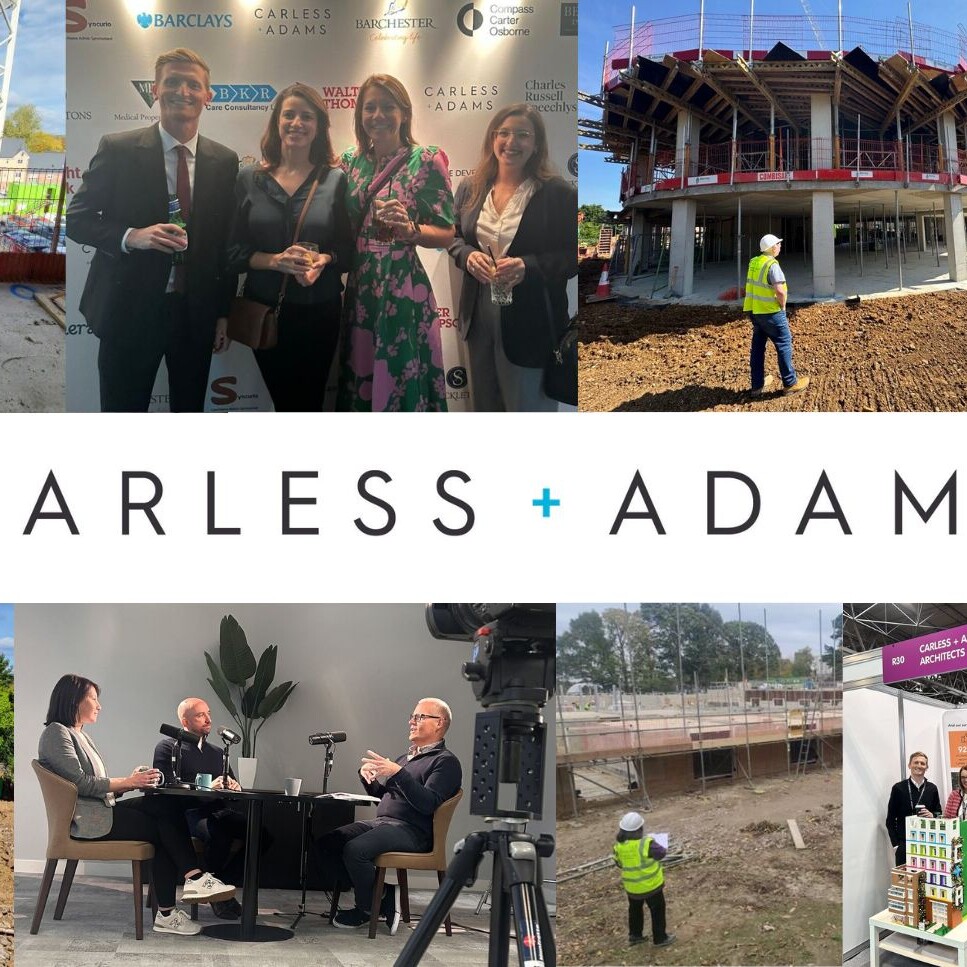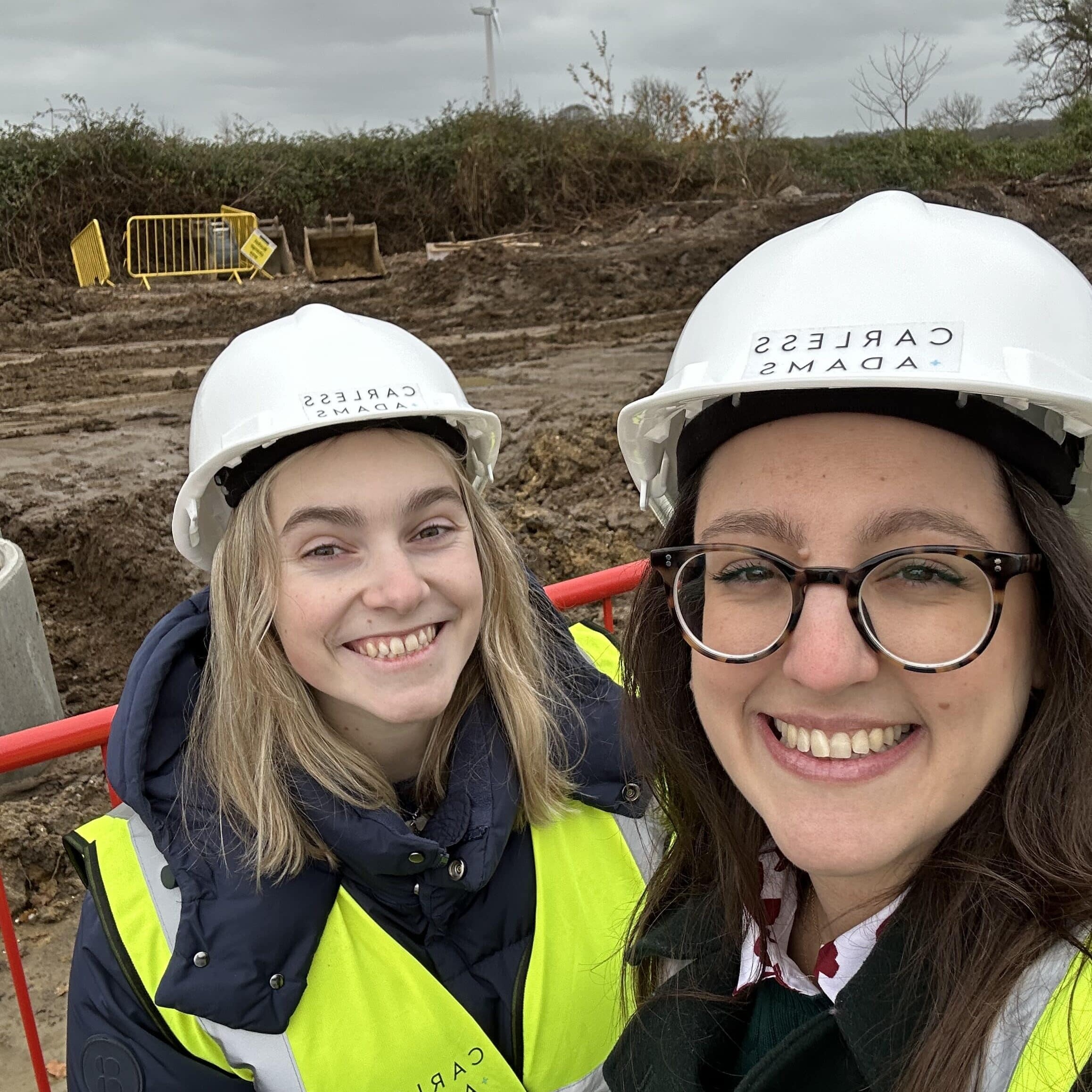Humans’ natural inclination is to socialise, be in a safe setting and to have a purpose. The impact of the Covid-19 pandemic and the lockdown enforced isolation for many and cut them off from their loving support network of friends and family and removed the purpose in many people’s lives. Care home residents were also cut off from the other residents within the same care home. As the lockdown restrictions are easing, care home residents are now permitted to have two named visitors and two named essential care givers, in addition to care home workers, which has given motivation and purpose once again. Purpose once again needs to be found.
Positivity, motivation, resilience and wellbeing are all connected to feeling safe and secure in your immediate environment. Being able to connect to nature either by physically being in it or seeing it through a window has proven therapeutic benefits. For care home residents if their environment make them happy and they feel secure then they will stay more mobile for longer, take care of themselves through nutrition and engage in activities and conversation helping mental stimulus. Fresh air, bird song, floral scents and different colours all provide a stimulation for the senses, evoke memories and create subjects for conversation. As a new arrival in a care home, being able to connect to their new home will make residents feel less anxious and settle quicker.
Designing care homes and assisted living accommodation to incorporate nature, either through embracing exisiting or incorporating new areas, is paramount to the success of building a community within it. Landscaping the grounds to include sensory walks, private areas under trees for shade and family time, wander garden routes or dementia orchards can all embrace the space to complement the building. The ideal would be to have sufficient grounds to incorporate a playground so that the community can be welcomed and encourage intergenerational visits.
If space permits, then design could factor in a covered area or potting shed to allow more physically mobile residents to take part in seed sowing or repotting plants and a calming environment for those less able. Being able to see ‘natures calendar’ through seasonal planting provides constant stimulus and a connection with nature. The trees and plants grown can integrate with the residents through other activities such as painting the view, flower pressing or using herbs grown in their food.
Connecting to nature in care homes often focusses on the outside but we must consider that not all residents are mobile enough to go outside or may have difficulty in maintaining body temperature, even in summer. Access to nature can be as simple as being able to see a tree from the bedroom, having a houseplant to nurture, a window box to tend or plant walls in communal areas. Vast glazing (with sensitive screening to reduce glare) allows the outside in visually and bedrooms and corridors should be flooded with this natural light.
Its not just residents that benefit – the staff will also benefit from the connection with nature. Residents will feel happier and motivated and this in turn will encourage conversations and make their roles easier. Plus they get to work in an attractive, rather than sterile, environment!
Mental Health Week research shows that 2/3 or people said that being close to nature meant they experienced positive emotions, and more than half of UK adults says that being close to nature improves their mental health. Nature provides a calming environment by reducing anxiety and stress and increasing positive emotions and motivation. Let’s embrace it!


